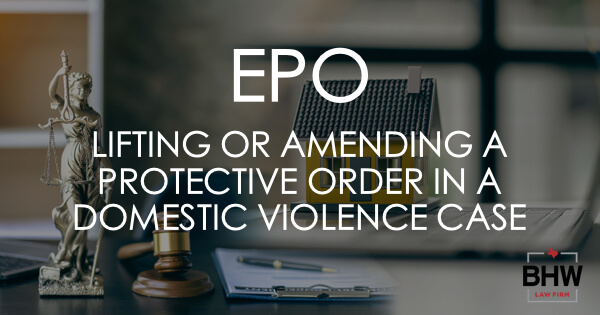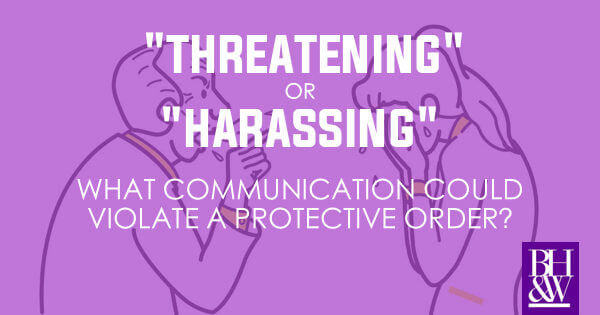 Issue presented to the Court: Whether Appellant’s state court assault conviction qualified as a “misdemeanor crime of domestic violence” thereby prohibiting him from possessing a firearm under federal law (18 U.S.C. §922(g)(9)).
Issue presented to the Court: Whether Appellant’s state court assault conviction qualified as a “misdemeanor crime of domestic violence” thereby prohibiting him from possessing a firearm under federal law (18 U.S.C. §922(g)(9)).
United States v. Castleman, 134 S. Ct. 1405 (2014)- In 1996, Congress passed 18 U.S.C. §922(g)(9), which criminalizes the possession of firearms by certain individuals. This section makes it a federal crime for a person convicted in state court of a “misdemeanor crime of domestic violence” to own, possess, or transfer a firearm if the misdemeanor involved the use or attempted use of physical force. In 2001, James Castleman was convicted in Tennessee of misdemeanor domestic assault for “intentionally or knowingly causing bodily injury to the mother of his child.” In 2008, federal agents learned that Castleman was selling firearms on the black market. A grand jury indicted Castleman on two counts of possession of a firearm in violation of §922(g)(9) because of his previous “misdemeanor crime of domestic violence” conviction.
Castleman moved to dismiss the §922(g)(9) charges, arguing that his Tennessee conviction did not qualify as a “misdemeanor crime of domestic violence” because it did not have the “use of physical force” element under §922(g)(9). The District Court agreed and dismissed the §922(g)(9) counts, reasoning that Castleman’s misdemeanor domestic assault conviction did not qualify as a crime of domestic violence because ‘physical force’ must entail violent contact and that one can cause bodily injury without violent contact, e.g., by poisoning. The Sixth Circuit affirmed on different grounds. It held that the degree of physical force required for a conviction to constitute a “misdemeanor crime of domestic violence” is the same as the required for a “violent felony” under the Armed Career Criminal Act, §924(e)(2)(B)(i)-violent force- and that Castleman could have been convicted for causing slight injury by nonviolent conduct.
In a 9-0 decision, the United States Supreme Court overturned the lower courts, holding that Castleman’s conviction of misdemeanor domestic assault qualified as a “misdemeanor crime of domestic violence” for purposes of 18 U.S.C. §922(g)(9). According to the Court, §922(g)(9)’s “physical force” requirement is satisfied by the degree of force that supports a common-law battery conviction- namely, “offensive touching.” Justice Sotomayor, writing for the majority, explained, “Such acts of violence may be relatively minor, and could include hitting, slapping, shoving, grabbing, pinching, hair pulling, or a squeeze of the arm that causes a bruise.” She went on to say, “an act of this nature is easy to describe as ‘domestic violence’ when the accumulation of such acts over time can subject one intimate partner to the other’s control.” Once the court determined that “physical force” was at least offensive touching, the Court then looked to Castleman’s conviction of ‘intentionally or knowingly causing bodily injury’ to the mother of his child. Because the knowing or intentional causation of bodily injury necessarily involves the use of physical force, his conviction qualified as a “misdemeanor crime of domestic violence” that fell within the scope of §922(g)(9).
So, what are the implications of U.S. v. Castleman going forward? Now that the scope of §922(g)(9) has been clarified, federal prosecutors seem to have more legal authority to prosecute prior convicts based on state law convictions. More specifically, if the defendant has been previously convicted for a misdemeanor crime of domestic violence, where the criminal act was any form of offensive touching, the person may be convicted for illegal gun possession under §922(g)(9) if he or she is subsequently caught with a firearm.










